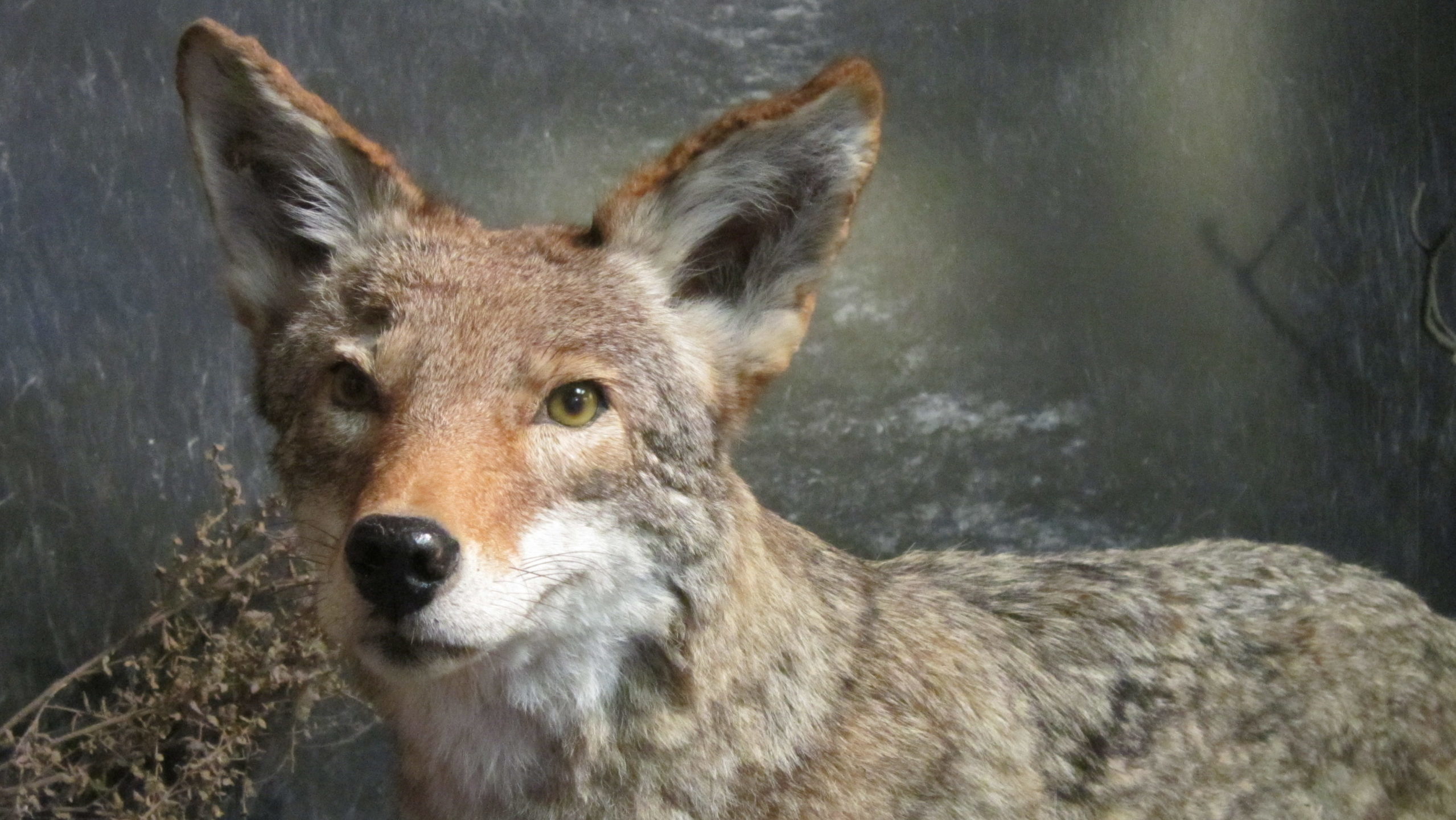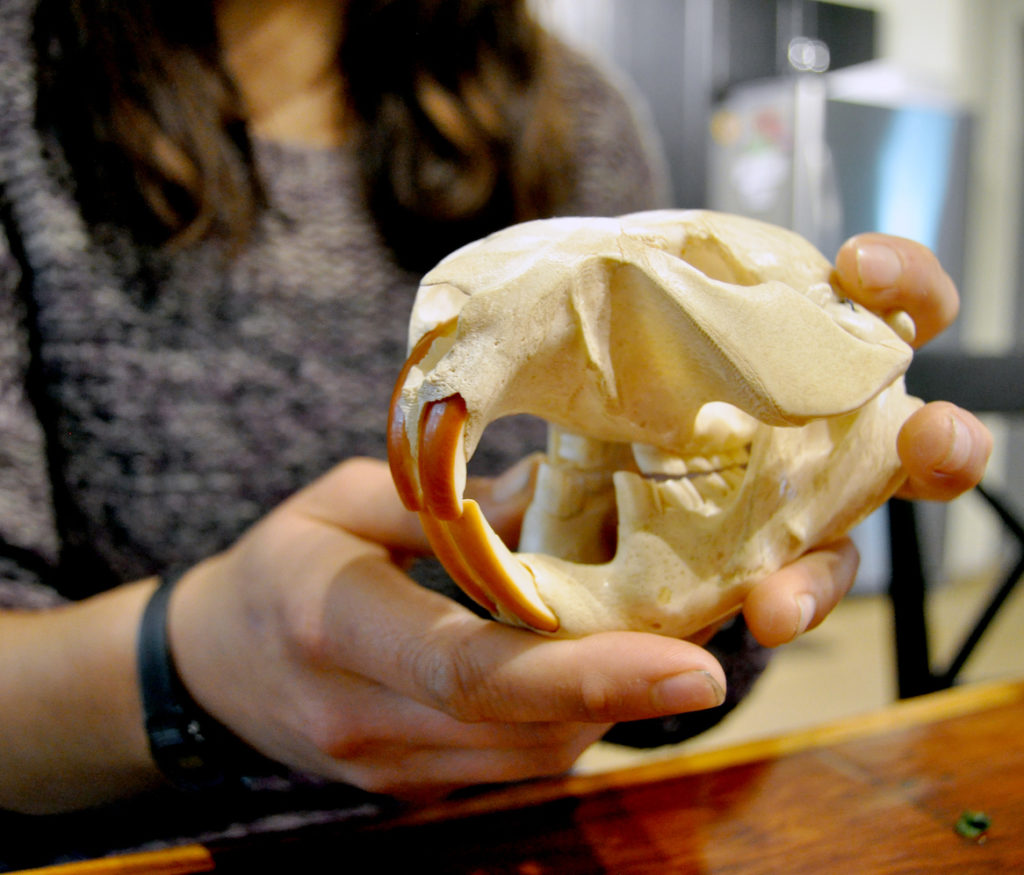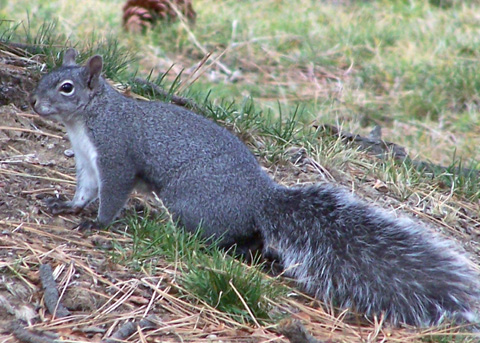Have you seen a western gray squirrel quickly climbing a tree or running fast to cross the street in between cars? What else have you seen it do? Is there one that you see daily? I see one every day, climbing up and down a tree outside of my home. It often sits close to the fence, flicking its tail back and forth. Sometimes I feel like it does this just to taunt my dog, who is captivated by the squirrel on the other side of the fence.
Western gray squirrels live in Santa Cruz all year long. They mostly eat seeds and are known to steal from people’s bird feeders. They nest up in trees in “dreys”, which are made out of twigs and lined with moss or fur. They hide their food in caches (secret food storages) and will return to them when food is scarce. Their alarm call sounds like a bird chirp and it is used to warn others of a predator or danger in the area.
Fun Facts:
- Their large tail helps them balance when climbing and jumping between trees.
- They can live up to 8 years old.
- Their teeth never stop growing – they can grow up to 6 inches per year. Their teeth are never that long though because they are constantly wearing them down when they eat hard seeds.
- A group of squirrels is called a scurry.
CLICK HERE for a coloring sheet of a grey squirrel!
Here’s a video of Squirrel Sounds! https://www.youtube.com/watch?v=FVRJsCsqFB0-
Post by: Elise




